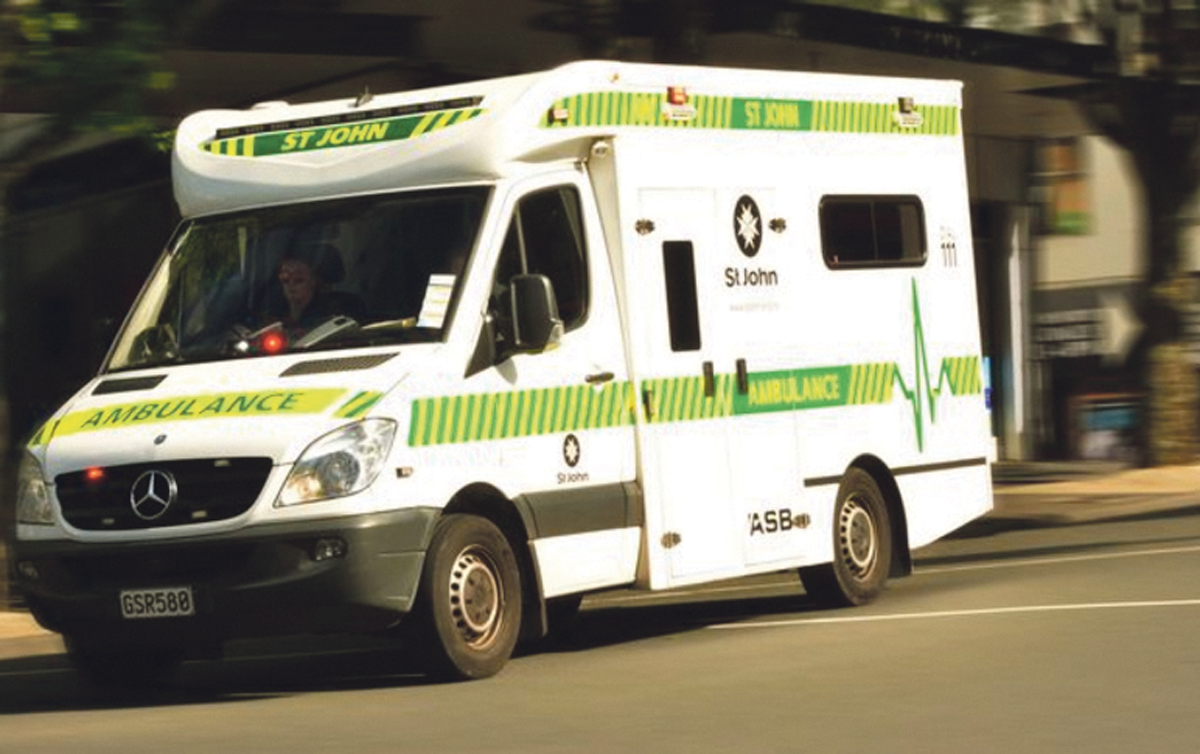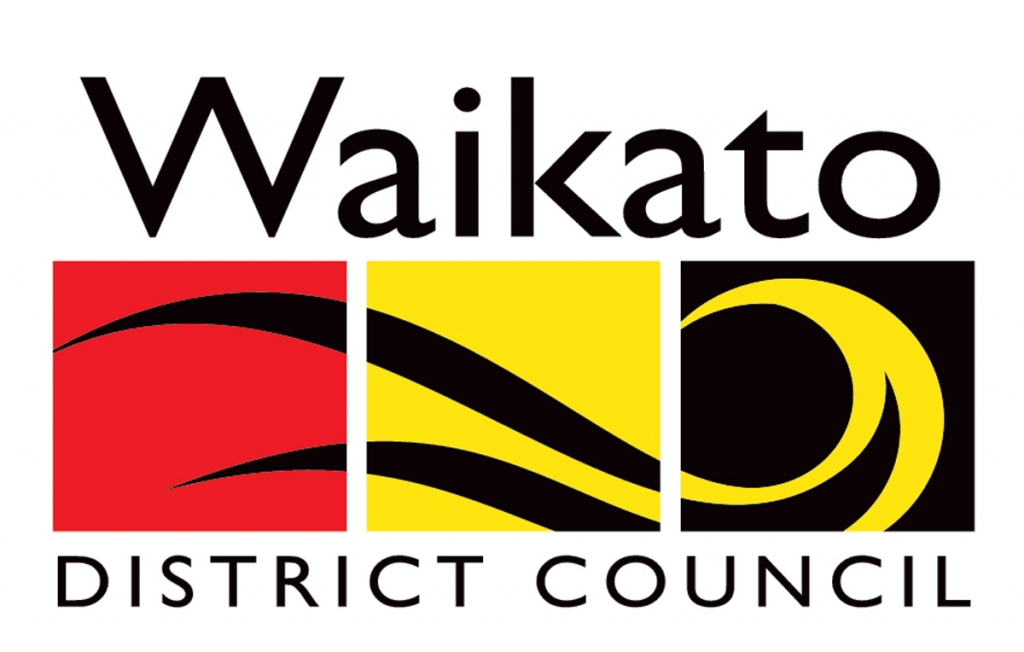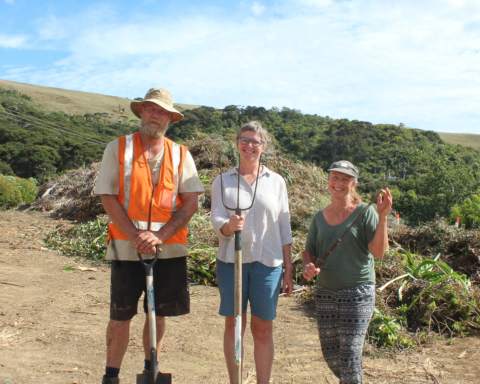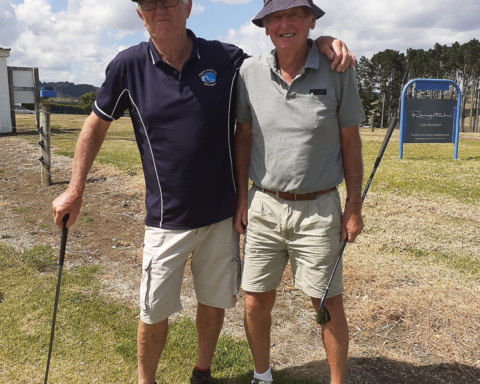Everyone wants to become a volunteer firefighter but no one wants to join St John, a meeting about getting 24/7 emergency services cover in Raglan heard this week.
The public meeting on Monday at the Town Hall, attended by St John, the Raglan Fire Brigade, West Coast Health, Raglan House, Health Select Committee deputy chair and Taranaki-King Country MP Barbara Kuriger and Rodney MP Mark Mitchell, was organised by Raglan Lions to address the lack of round-the-clock healthcare services in Raglan.
Raglan has one paid ambulance officer who works weekdays during office hours therefore St John relies heavily on volunteers to work the evenings and weekends.
However, Raglan is a low recruitment area for St John, and it currently has only two ambulance officers who can operate independently and confidently. In comparison, the Raglan fire brigade has 26 members and a waiting list to join as a volunteer.
St John Waikato duty manager Hugh Davison said it was harder for St John to recruit volunteers than the fire brigade because the workload was a lot higher.
Often volunteers had a paid job as well, which meant working night and day and weekends.
“The fire brigade only does a tenth of the jobs that St John does. St John volunteers can pick up two to three jobs a day.”
Also, St John volunteers are required to work an entire shift where as fire brigade volunteers only respond to pagers.
Geoff Kelly, co-chair of the Raglan Chamber of Commerce and co-owner of the Herbal Dispensary, suggested the pager system could be considered for St John volunteers in Raglan.
He said one of his employees was training as a St John volunteer and he’d have “no problems if she had to leave for an hour and a half, like in a fire situation”.
Dr Mike Loten, of West Coast Health, said being a volunteer was hard work and they risked burnout if staffing numbers were inadequate.
Dr Loten was part of Raglan’s 24/7 St John-administered PRIME service that ended in July last year due to a lack of volunteers to operate safely.
He said while the Prime service was “incredibly valuable” for the community to have it was not there to get people to hospital.
“It’s about pre-hospital care. We need enough ambulance staff to get people to hospital.”
He said he had noticed that volunteers don’t often get positive recognition, and that had to change.
“Maybe St John needs to reward the volunteers for the work that they do. It’s hard yakka.
“Everyone wants to join the fire service. We need to get people to want to become a St John volunteer.”
St John Raglan volunteer Jan Tapp told the meeting that she did not feel safe working alone at night.
I felt safe when Prime was there. I don’t feel safe going out alone at night. It can be dangerous … so many things happen to ambulance officers now.”
Raglan volunteer Carol Millar said there was a time when people were queuing up to be a St John volunteer in Raglan but that was no longer the case.
She said she continued her work with St John because she felt a sense of duty regarding the wellbeing of the community and her family.
A member in the audience told of how her husband had broken his hip and they had to wait three and a half hours for an ambulance. “It was traumatic, really.”
Raglan fire chief Kevin Holmes said the community could be reassured that the brigade was always there to assist in an emergency situation.
St John and the New Zealand Fire Service have a memorandum of understanding where the fire service provides medical backup if the ambulance is already out on a job.
“We continue to give support where we can.”
Waikato District operations manager Stuart Cockburn said St John was committed to providing more services where it could and with the resources it had. It had taken on five new volunteers but it would take some time to get them trained up.
Mr Cockburn said St John was currently waiting for the outcome of a funding review by the Ministry of Health, and “we are hopeful to get a significant injection of funding”.
However, he did not know what that would look like for Raglan.
In the past two years, there had been an average of one job in every 24 hours in Raglan. It was “difficult financially” to support those numbers with more paid staff, he said.
Inger Vos











